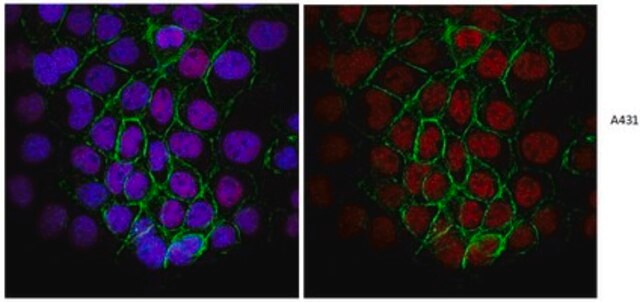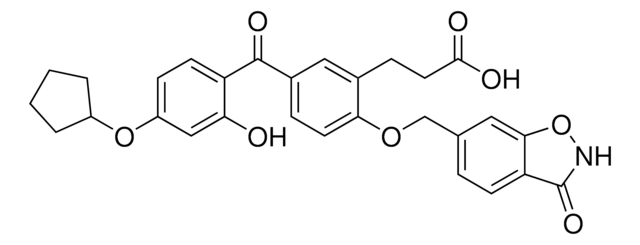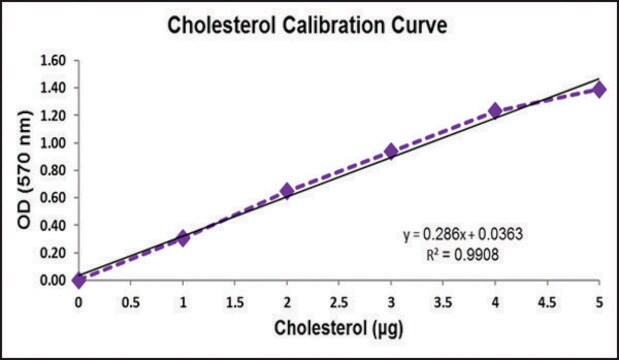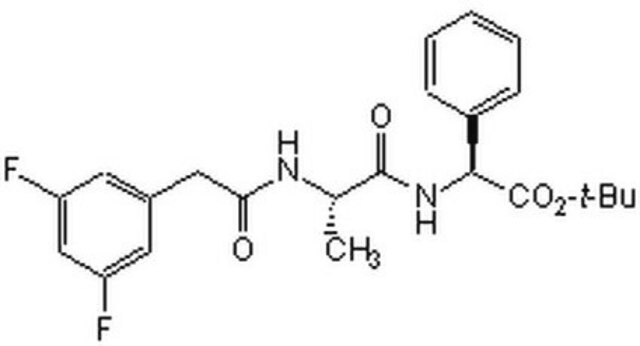5.30535
RPA Inhibitor, TDRL-505
Sinonimo/i:
RPA Inhibitor, TDRL-505, Replication Protein A Inhibitor, Pot1 Inhibitor, Protection of Telemeres Protein 1 Inhibitor, TDRL505
About This Item
Prodotti consigliati
Saggio
≥97% (HPLC)
Livello qualitativo
Stato
solid
Produttore/marchio commerciale
Calbiochem®
Condizioni di stoccaggio
OK to freeze
protect from light
Colore
off-white
Solubilità
DMSO: 50 mg/mL
Temperatura di conservazione
−20°C
Stringa SMILE
CCOC1=CC2=NC(=C(C=C2C=C1)C3CC(=NN3C(=O)CCC(=O)O)C4=CC=C(C=C4)Br)Cl
Descrizione generale
Azioni biochim/fisiol
Replication Protein A
Confezionamento
Attenzione
Ricostituzione
Altre note
Shuck, S.C., and Turchi, J.J. 2010. Cancer Res.70, 3189.
Note legali
Codice della classe di stoccaggio
11 - Combustible Solids
Classe di pericolosità dell'acqua (WGK)
WGK 3
Punto d’infiammabilità (°F)
Not applicable
Punto d’infiammabilità (°C)
Not applicable
Certificati d'analisi (COA)
Cerca il Certificati d'analisi (COA) digitando il numero di lotto/batch corrispondente. I numeri di lotto o di batch sono stampati sull'etichetta dei prodotti dopo la parola ‘Lotto’ o ‘Batch’.
Possiedi già questo prodotto?
I documenti relativi ai prodotti acquistati recentemente sono disponibili nell’Archivio dei documenti.
Il team dei nostri ricercatori vanta grande esperienza in tutte le aree della ricerca quali Life Science, scienza dei materiali, sintesi chimica, cromatografia, discipline analitiche, ecc..
Contatta l'Assistenza Tecnica.








